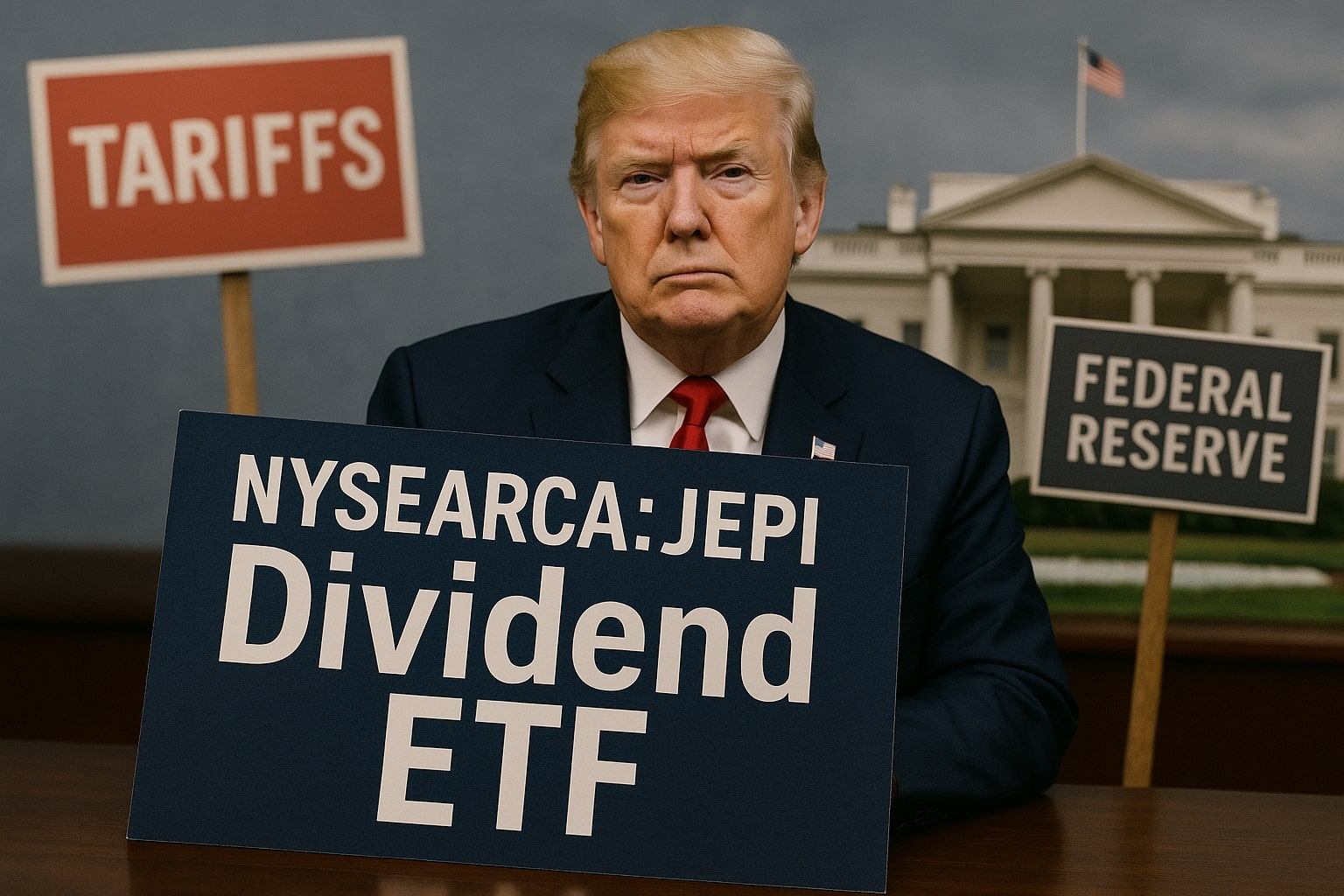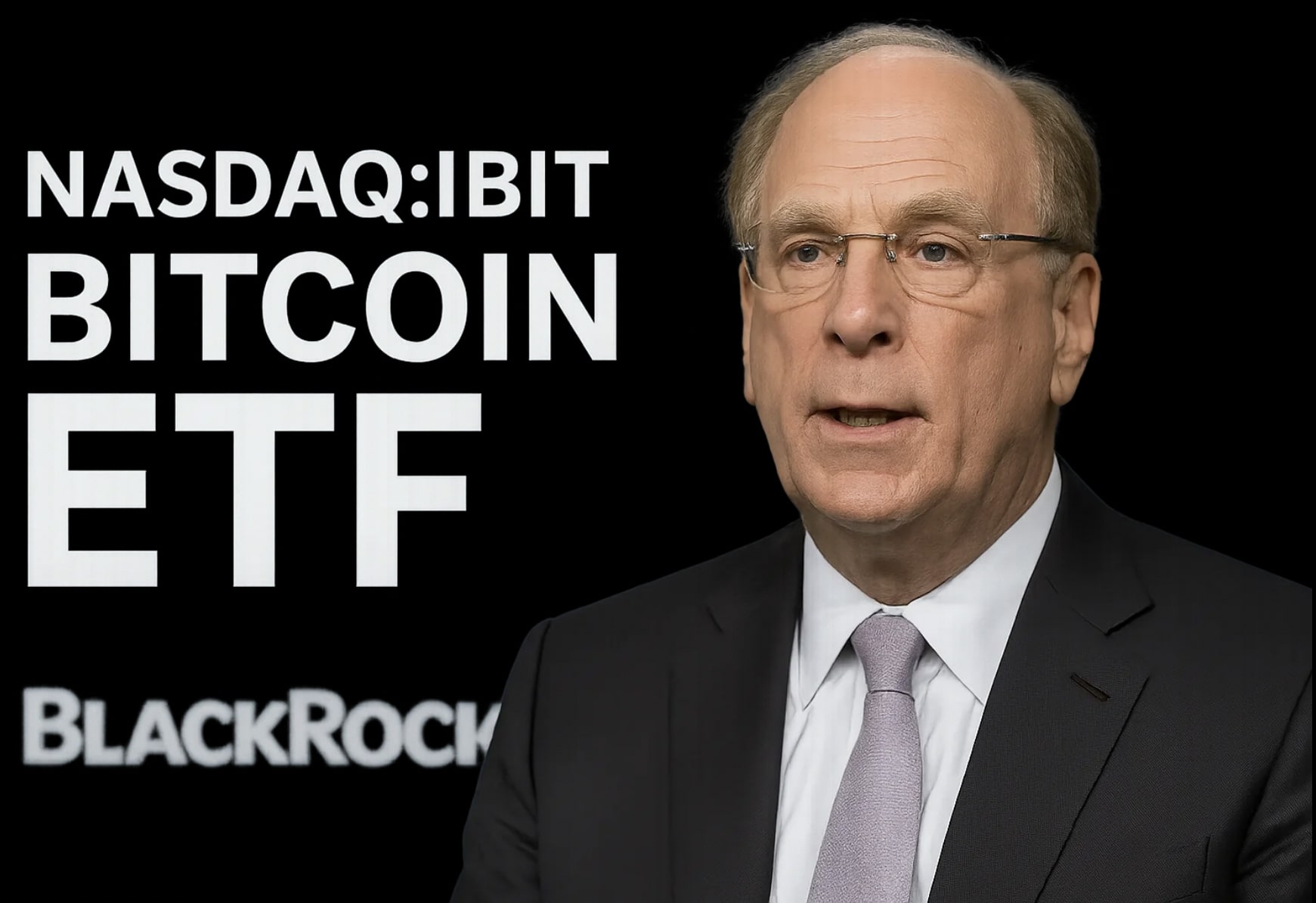
Is JEPI the Best High-Yield ETF for Your Portfolio in 2025?
Discover the Benefits and Risks of Investing in the JPMorgan Equity Premium Income ETF (JEPI) – A Reliable Income Strategy with Strong Dividend Potential | That's TradingNEWS
JPMorgan Equity Premium Income ETF (NYSEARCA:JEPI) – A Premier Income Strategy for Dividend Investors
The JPMorgan Equity Premium Income ETF (NYSEARCA:JEPI) has been a standout in the world of income-focused exchange-traded funds (ETFs), with its unique combination of equity exposure and options-selling strategy. JEPI's strategy revolves around the S&P 500, using a defensive approach to generate consistent income for investors. This has led to its recognition as one of the most well-known income-generating ETFs. Currently, the ETF is trading at $53.98 per share, with a net asset value (NAV) of $54.04, providing a 0.11% discount to NAV, which is slightly below its 3-year average premium. This current valuation makes it an attractive opportunity for those looking for consistent income amid market volatility.
JEPI’s Income Strategy and Yield Growth
JEPI’s income strategy is built around its covered-call approach. The ETF takes long positions in high-quality U.S. companies, such as Visa (V), Mastercard (MA), McDonald's (MCD), and Amazon (AMZN), while selling calls against these positions to generate income. This options strategy has led to significant income distribution for shareholders. In fact, JEPI’s forward dividend yield has recently spiked to an impressive 8%, which is above its typical 6.89% three-year average. This makes JEPI an attractive option for investors seeking high monthly dividend payouts in a volatile market. The recent market sell-off due to concerns over U.S. tariffs has contributed to this yield increase, presenting an opportunity for value-oriented investors.
JEPI’s Portfolio Structure and Sector Allocation
JEPI maintains a well-diversified portfolio with 115 stocks, primarily focused on sectors with lower volatility compared to the broader market. The largest sector is Information Technology, representing 14.7% of the ETF's holdings. While the ETF holds fewer stocks than the S&P 500 index, it has been highly selective, focusing on those with strong growth potential and a history of dividend payouts. Technology companies like Visa (V) and Microsoft (MSFT) represent significant portions of the portfolio, but the ETF has a lower exposure to high-volatility sectors such as consumer discretionary or growth stocks. This positions JEPI as a relatively stable income-producing ETF in comparison to more aggressive equity-focused funds.
JEPI’s Performance Amid Market Volatility
JEPI has performed admirably in recent years, especially during times of market stress. As of its most recent data, JEPI has delivered an annual NAV return of 11.84% since its inception. While its year-to-date return of 0.40% has been modest due to the broader market's sell-off, JEPI has still outperformed the S&P 500, which has seen a decline of ~8% year-to-date. This highlights JEPI’s resilience and its ability to protect against downside risks, offering a solid alternative for conservative income investors.
Tax Efficiency and Dividend Strategy
A unique feature of JEPI is its tax structure. Due to its use of equity-linked notes (ELNs) to sell covered calls, JEPI generates net investment income (NII), which is subject to ordinary income tax rates. However, compared to other ETFs that rely more heavily on return-of-capital (RoC), JEPI’s income distribution model is less tax-efficient. This aspect of the fund could be a drawback for tax-sensitive investors who prefer RoC distributions, which allow for tax deferral. Despite this, the higher yield JEPI offers can still make it an appealing choice for those in lower tax brackets or those investing within tax-advantaged accounts.
JEPI’s Dividend Sustainability
One of the key attractions of JEPI is its consistent dividend payout. JEPI has consistently delivered monthly dividends, with a yield that has recently surged above 8% due to increased volatility and lower equity prices. While the ETF’s dividend income is primarily generated from selling calls, the structure of the fund allows it to capture partial upside while mitigating significant downside exposure. This stability in dividends, especially during turbulent market conditions, gives JEPI an edge over traditional dividend ETFs that rely solely on dividend payments from equities.
Comparison with Competitors: JEPI vs. KNG
When compared to other dividend-focused ETFs, such as the FT Vest S&P 500 Dividend Aristocrats Target Income ETF (BATS:KNG), JEPI offers a slightly higher yield, but KNG comes with a more conservative strategy. KNG focuses on the S&P 500 Dividend Aristocrats, companies with a 25+ year history of raising dividends. KNG employs a similar covered-call strategy but with individual stocks rather than an index-based approach like JEPI. KNG's approach tends to result in a more predictable income stream due to its focus on stable, dividend-growing companies. The tax-efficiency of KNG's returns, primarily return-of-capital (RoC), also makes it more favorable for tax-sensitive investors.
JEPI, on the other hand, is more flexible with its options strategy, as it sells calls on the S&P 500 index rather than individual stocks. While this approach generates higher income in the short term, it comes with more volatility and tax inefficiency. The 8% yield offered by JEPI, while higher than KNG’s, comes with the trade-off of greater exposure to market fluctuations and S&P 500 volatility. For investors looking for tax-efficient income, KNG might be the better choice, while JEPI’s high yield and resilience during downturns make it appealing for those who prioritize income generation.
JEPI's Risks and Opportunities
The primary risk for JEPI is the potential downside exposure during significant market rallies. Since JEPI’s covered-call strategy limits its upside potential when the market rises sharply, it may underperform in bull markets. However, given the current market conditions, with volatility expected to remain elevated due to macroeconomic factors like tariffs, inflation concerns, and geopolitical instability, JEPI’s downside protection and high dividend yield make it a compelling option for income-focused investors.
JEPI also faces the risk of inflation eroding the purchasing power of its dividend income, especially if the yield does not keep pace with rising costs. Despite these risks, JEPI’s strategy of selling covered calls provides investors with a steady income stream while offering some protection against downside volatility. Given the uncertain economic environment, JEPI remains a strong income investment, especially for those looking to diversify their portfolios with a high-yield ETF.
Final Thoughts
The JPMorgan Equity Premium Income ETF (NYSEARCA:JEPI) remains a solid choice for income investors seeking a combination of equity exposure and income generation through options selling. With a current yield of 8% and strong performance in the face of market volatility, JEPI stands out in the crowded space of covered-call ETFs. Its diversified equity portfolio, consistent dividend payouts, and downside protection make it an appealing option for conservative investors. However, for tax-sensitive investors, the tax inefficiency of JEPI’s net investment income (NII) may be a concern, making KNG a more favorable option in those cases.
The fund’s ability to generate income while providing exposure to stable, dividend-paying companies positions it well for investors seeking long-term income stability. Given the current market environment, JEPI’s discount to NAV and spiked yield represent a compelling entry point for those looking to capitalize on short-term volatility. As the market stabilizes and continues to face economic uncertainties, JEPI’s strategy will remain attractive for income-focused investors looking to generate sustainable income.
















